 Explore the Poowong History Trail »
Explore the Poowong History Trail »
 Explore the Poowong History Trail »
Explore the Poowong History Trail »
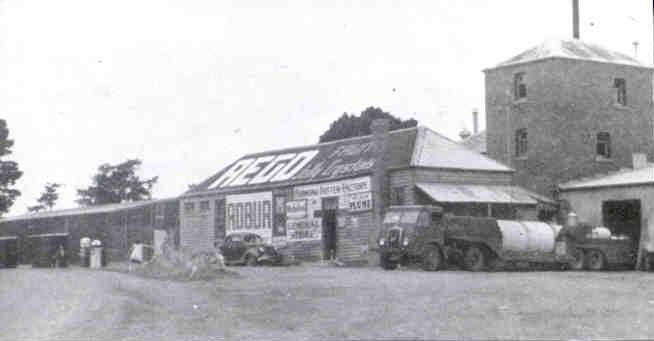
The first timber Poowong Butter Factory was built on this site in 1892, just 15 years after the first dairy cattle arrived in the Poowong area. After burning down in 1901, it was replaced by the current more substantial factory in 1902, which finally closed in 1985.
Between the two World Wars, a new “moderne façade” was added with rounded corners, simple brick decoration around the doorway and "Milk Depot" spelt out in crisp lettering.
Dairying is still huge in this area. At one stage, more than half of the national dairy herd was in the Gippsland region.
Before the existence of (then improvements to) roads, storage and refrigeration, butter was really the only viable saleable milk product. From the time of the first Poowong dairying settlement in 1877, butter was hand made by farmers. This involved pouring milk into shallow pans and placing in the Sun to separate the cream, hand-churning with paddles into butter, then transporting 51 kg boxes of the finished product – without refrigeration – often as far as Melbourne to get the best price (adding around 4pence per pound, from the usual 4-5 pence!).
Like many other regional closures around that time, the Factory’s 1985 demise is a reminder of the vast changes in technology and the inevitable pace of progress. Plus, the good and sometimes awful consequences for family and communities.
Think about this. Back in 1887, an early pioneer Caleb Burchett once walked 40 head of cattle through the streets of Melbourne to Poowong. Then, like other farmers, he and his wife milked cows, made butter and fed the remaining skimmed milk to the animals. The kids had good creamy milk, but often not much butter – it was far too valuable to allow much onto the kitchen table.
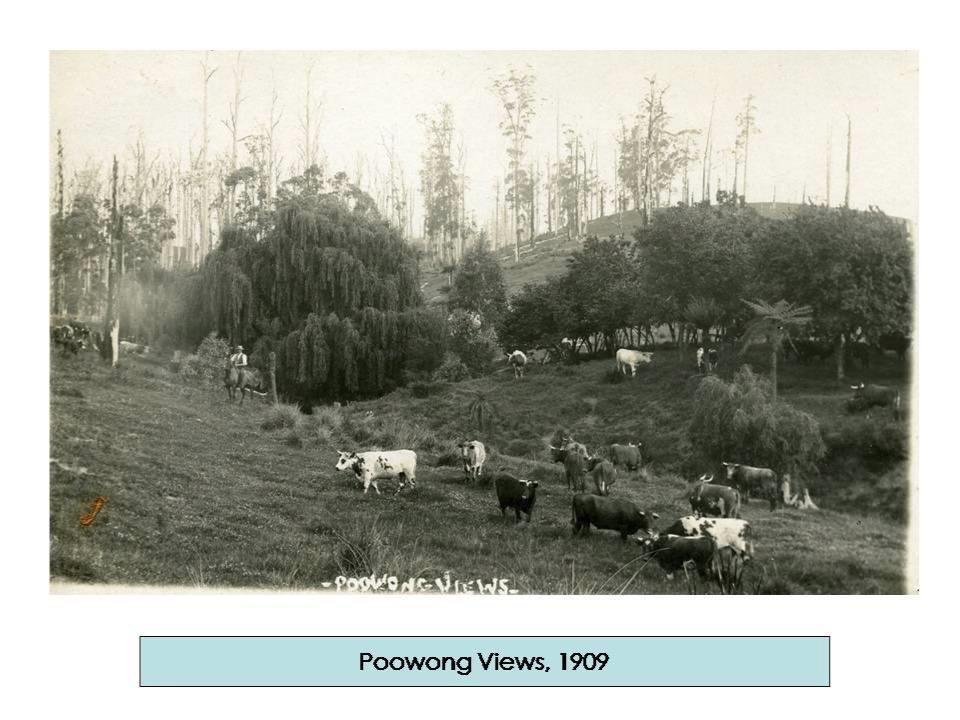
Then, off to the market! Some regional sales were possible, but often farmers like the Burchetts freighted hand-churned butter for direct sale in Melbourne. Hardy stuff, indeed!
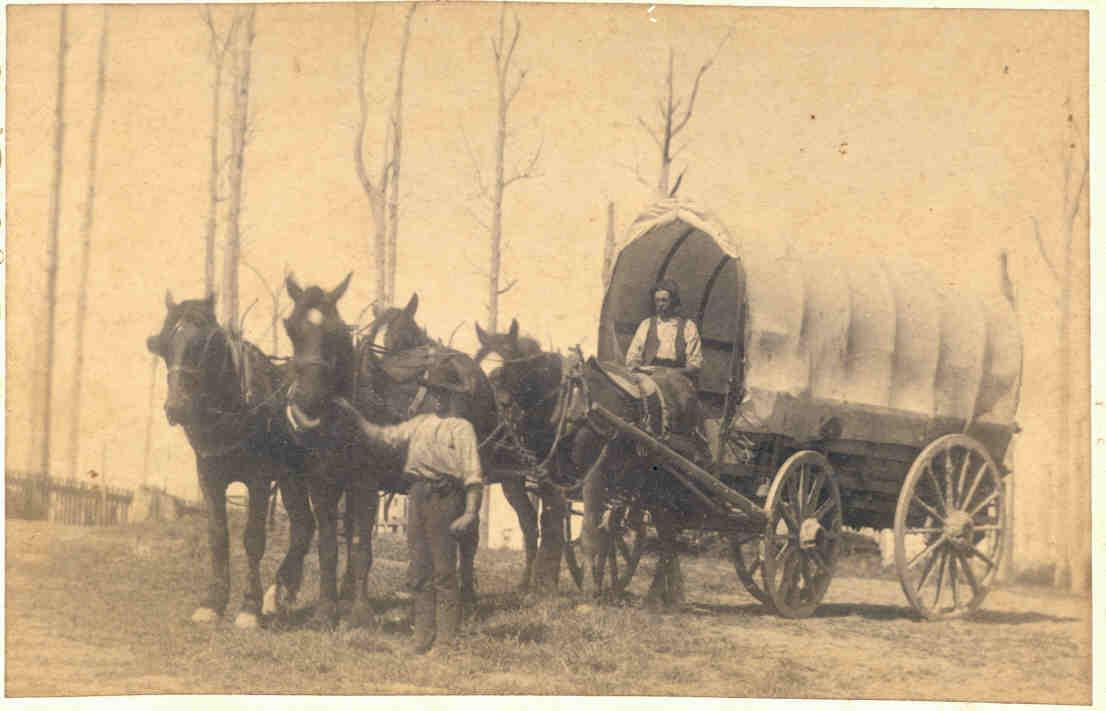
The first cows were laboriously milked by hand, usually in a simple stall to hold the cow steady, or with neck and tail simply tethered.

Then progress! Concepts such as “walk through” or “backout” dairies evolved into herringbone, right angle positioning, stall gate systems and rotary milking machines.

More recently, highly computerised and automated single or double stands have further decreased labour and made life and hours easier, for both cows and farmers. Robotic Milking Machines are now making an Appearance.
Further down the chain, more evolution followed. Widespread electricity, improvements to refrigeration – sterilisation; roads (blue metal, surveying and bitumen); railways (not to Poowong, but nearby townships); bigger and better containers (from milk cans to tankers) – all allowed increased product and quicker long distance travel.

Hence the establishment of the Poowong Butter Factory back in 1902. By 1923, there were 110 dairy factories throughout Gippsland.
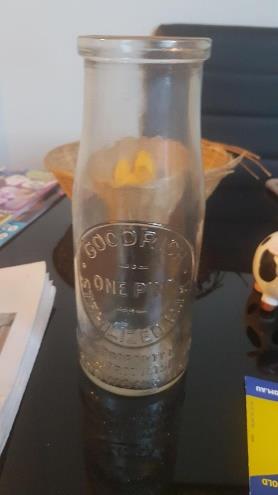
The first farm milk cans were generally about 5 gallons or about 20 litres.
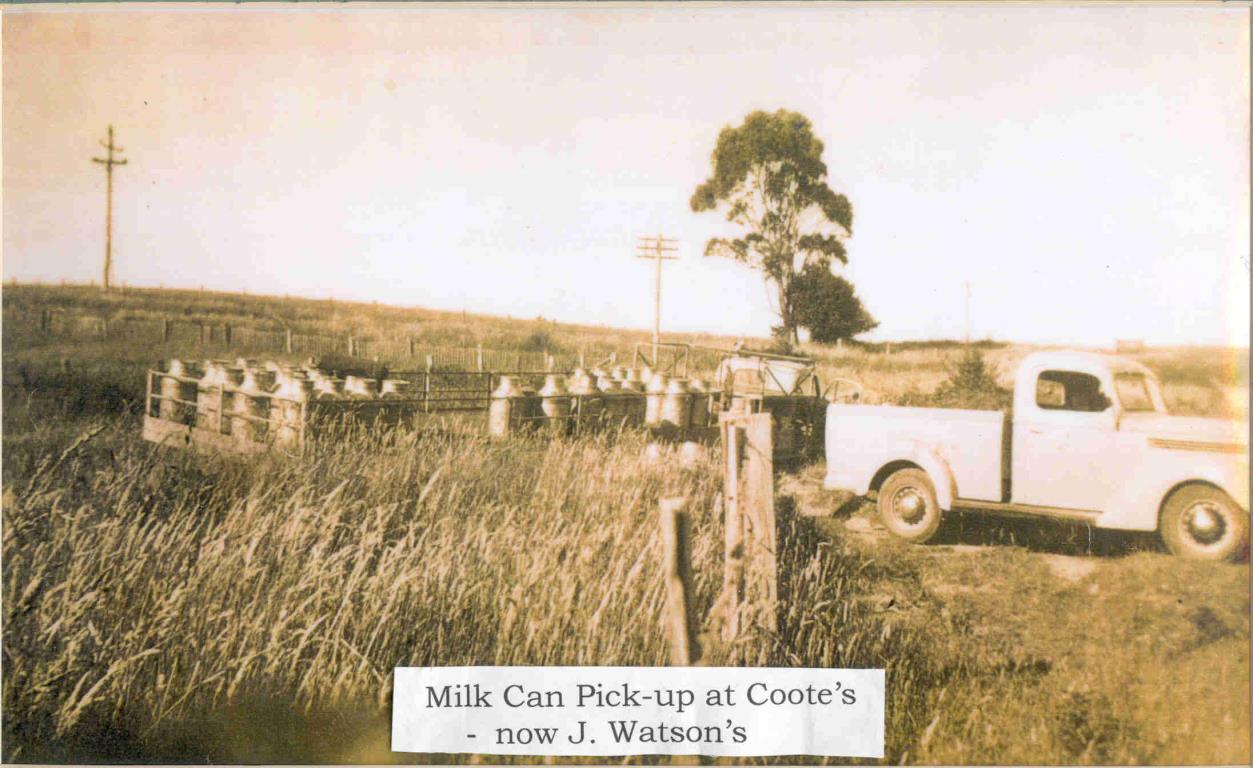
Some people regard the modern era as beginning in 1961 when the first bulk milk collections started with the three tankers, each able to carry 5,500 litres.
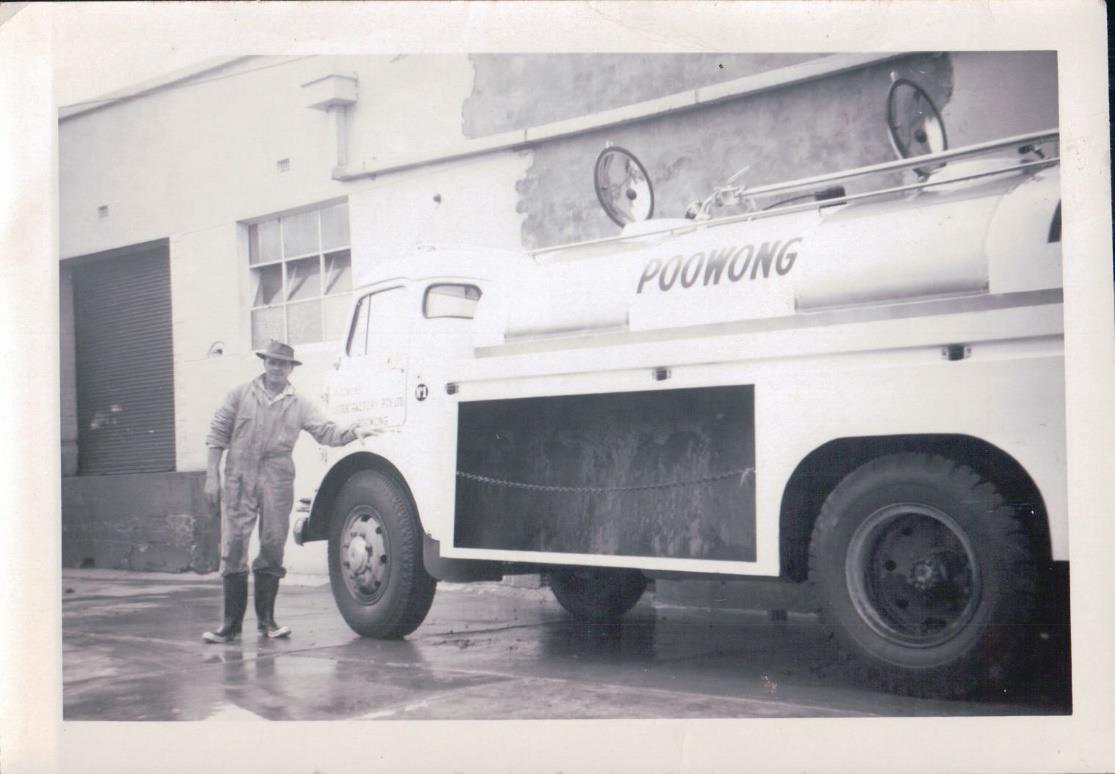
A modern A-Double tanker today carries 50,000 litres of milk through the streets of Poowong.
As bulk milk entered the Poowong Factory, modern machinery, from timber-fuelled then to oil- fuelled boilers, transformed the raw product into sterilised milk, butter, concentrates, cheese and – for 14 years – powdered milk.
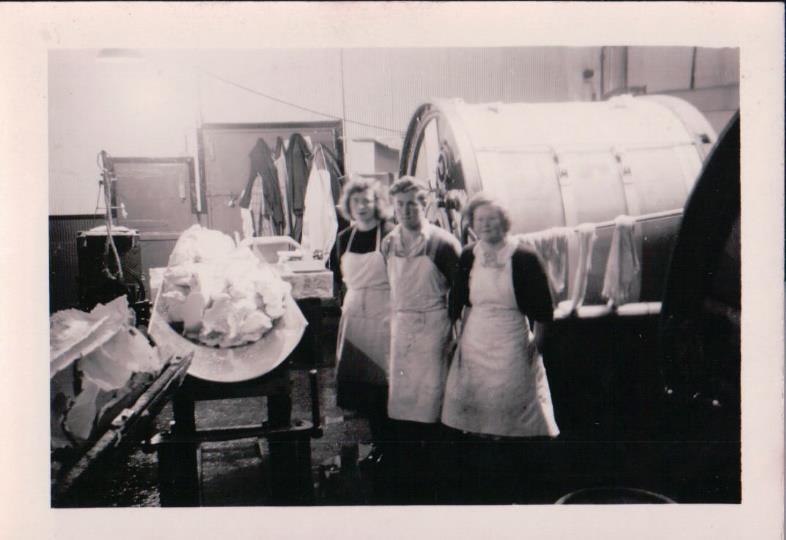
All of this improved productivity led to bigger farms, more cows and increased production, and more centralisation of industry.
Every new step helped productivity, and often but not always profitability. Prices were driven by variable seasons, exports and more centralisation of industry and marketing.
The Poowong Butter Factory, like many regional factories in Gippsland, was eventually taken over by bigger businesses and closed down suddenly in August 1985. Poowong immediately lost its major employer when 70 employees were given three (3) days notice.
The Poowong Butter Factory, 1902-1985. Vale.
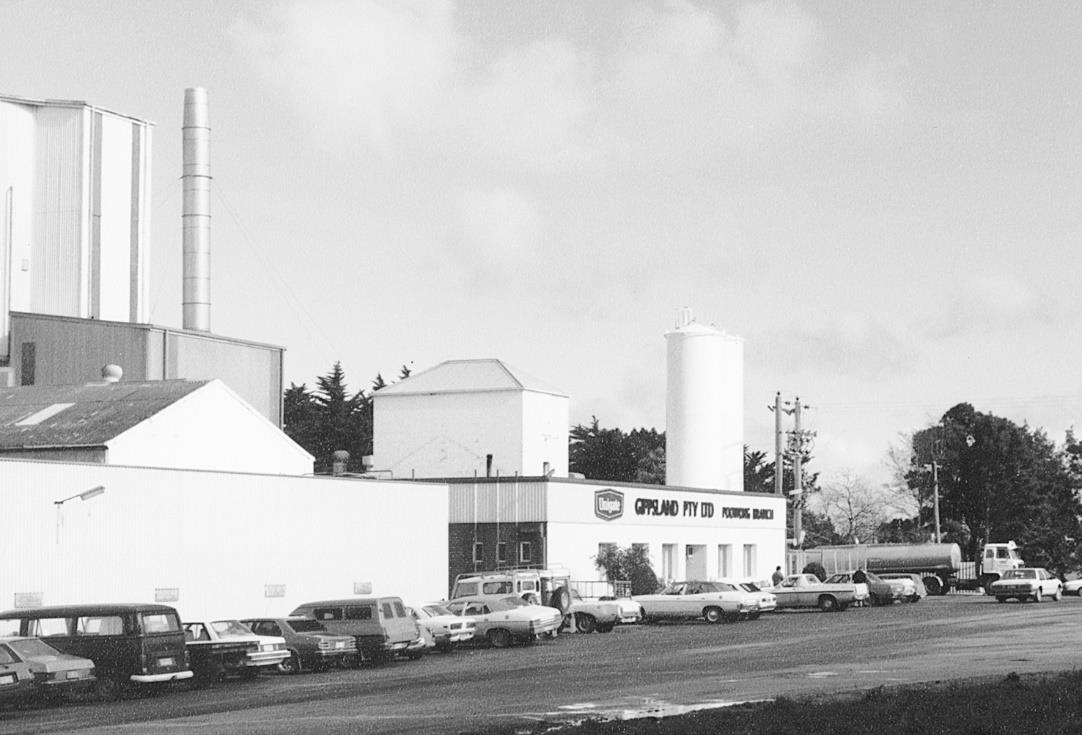
To explore more of the trail, view the rest of the Poowong History Trail.